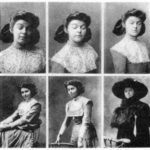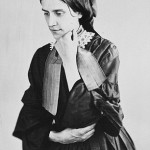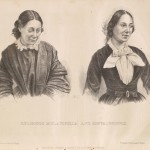Alienists (early psychiatrists) believed in actively treating insanity. Most believed that it was beneficial to a patient to completely remove him or her from familiar surroundings; the change would allow new thought patterns and behaviors to form more easily.
Many times, asylums were the change in environment alienists selected, but some recommended travel as a way to change a patient’s surroundings and get his mind focused on new things. Of course, early intervention was paramount, since all alienists believed “acute” insanity (active, new cases) were easier to cure than chronic ones of long duration.
Dr. J. Parigot believed in the value of intervention to the extreme. Writing in 1864, he made the case that marriage should be avoided when undesirable traits were found in potential parents. This belief wasn’t strictly because he felt the traits would be inherited; it was additionally founded on a belief that parents with those traits couldn’t properly raise a child. He gave an example of intemperate parents who would have to be particularly careful to educate and develop their children so that they wouldn’t degenerate into intemperance themselves. Likewise, he said, “nervous and fidgety persons are incompetent to the direction and control of petulant and sometimes mischievous children.”

Children’s Ward, 1927, Byberry (Philadelphis State Hospital), courtesy Historical Society of Pennsylvania
To counteract the influence of tainted parents in cases of insanity, Parigot stated that: “Children who have inherited germs of mental disease should be separated from their parents, and educated under the eye of the psychiatrist. Sometimes their locality should be changed at the time of their birth. . . .”
Fortunately, such thinking was not generally accommodated by the public.




